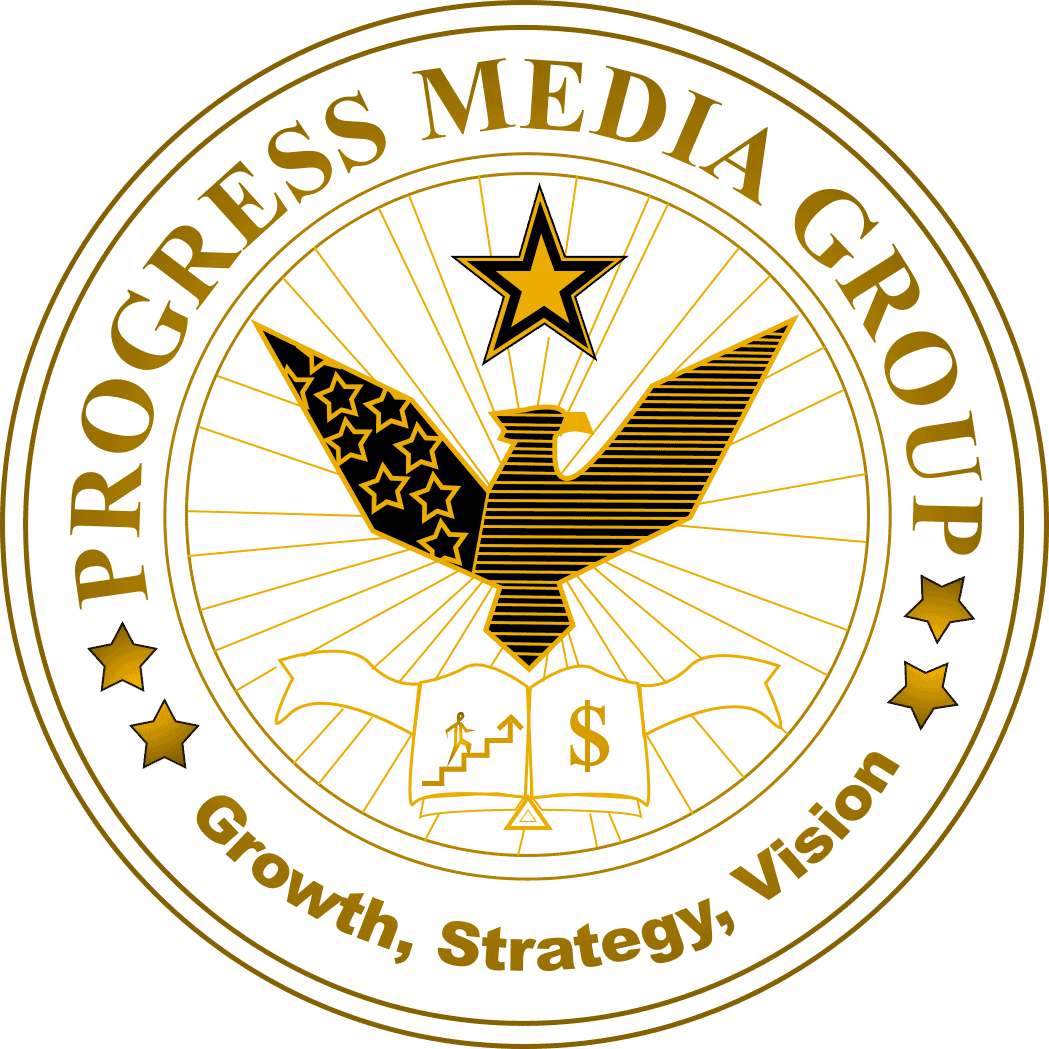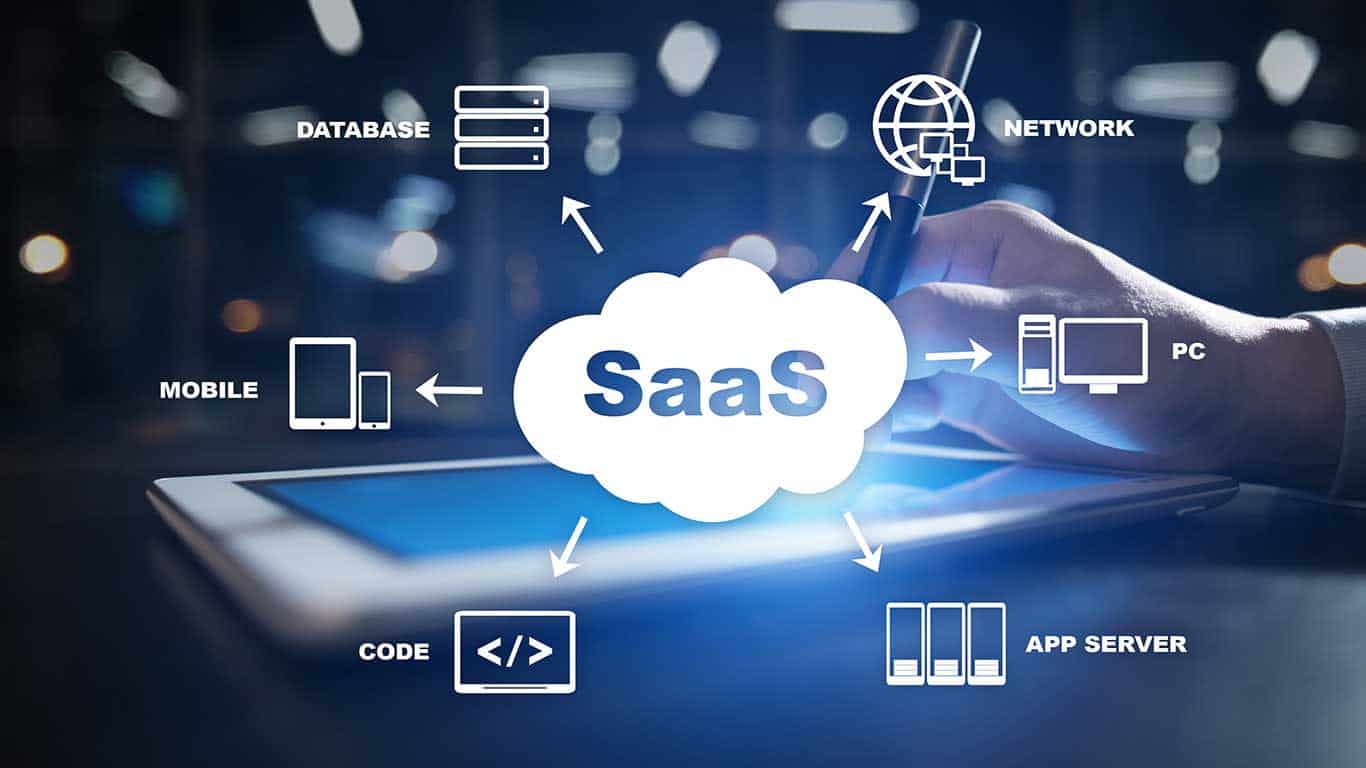The Ultimate Guide to Mastering Content Distribution Strategies for Huge Success
In today’s digital age, where new content is being created and shared at an unprecedented rate, simply producing high-quality content is no longer enough to guarantee success. Your content needs to reach the right audience at the right time in order to make an impact. This is where content distribution strategies come into play. Welcome to our ultimate guide on mastering content distribution strategies for huge success. In this comprehensive article, we will delve deep into the world of content distribution and show you how to effectively spread your valuable content to the masses. But first, let’s address the elephant in the room. You might be wondering, “What exactly is content distribution and why is it so important?” Well, think of it as the bridge that connects your content with your target audience. It’s the process of promoting and sharing your content across various channels and platforms to reach a wider audience and generate more visibility for your brand. But here’s the catch – simply hitting the “publish” button and hoping for the best won’t cut it. You need a well-thought-out content distribution strategy that aligns with your goals and objectives. And that’s exactly what we’re here to help you with. Over the course of this guide, we’ll explore various content distribution strategies, from leveraging social media platforms and email marketing to exploring partnerships and paid advertising. We’ll provide you with actionable tips, best practices, and real-life examples to set you up for content distribution success. So, if you’re ready to take your content to new heights and unlock the full potential of your hard work, keep reading. Get ready to learn the ins and outs of content distribution, and discover how it can drive immense success for your brand. Buckle up, because we’re about to embark on an exciting journey together.
The Importance of Content Distribution in the Digital Age
In today’s digital age, where new content is being created and shared at an unprecedented rate, simply producing high-quality content is no longer enough to guarantee success. Your content needs to reach the right audience at the right time in order to make an impact. This is where content distribution strategies come into play.
Welcome to our ultimate guide on mastering content distribution strategies for huge success. In this comprehensive article, we will delve deep into the world of content distribution and show you how to effectively spread your valuable content to the masses.
But first, let’s address the elephant in the room. You might be wondering, “What exactly is content distribution and why is it so important?” Well, think of it as the bridge that connects your content with your target audience. It’s the process of promoting and sharing your content across various channels and platforms to reach a wider audience and generate more visibility for your brand.
But here’s the catch – simply hitting the “publish” button and hoping for the best won’t cut it. You need a well-thought-out content distribution strategy that aligns with your goals and objectives. And that’s exactly what we’re here to help you with. Over the course of this guide, we’ll explore various content distribution strategies, from leveraging social media platforms and email marketing to exploring partnerships and paid advertising. We’ll provide you with actionable tips, best practices, and real-life examples to set you up for content distribution success.
So, if you’re ready to take your content to new heights and unlock the full potential of your hard work, keep reading. Get ready to learn the ins and outs of content distribution, and discover how it can drive immense success for your brand. Buckle up because we’re about to embark on an exciting journey together.
Setting Goals and Objectives for Your Content Distribution Strategy
Before diving into the various content distribution strategies, it’s crucial to set clear goals and objectives. What do you hope to achieve through your content distribution efforts? Are you looking to increase brand awareness, drive website traffic, generate leads, or boost sales?
By defining your goals and objectives, you can tailor your content distribution strategy accordingly. For example, if your goal is to increase brand awareness, you might focus on reaching a wider audience through social media platforms and influencer partnerships. On the other hand, if your objective is to generate leads, email marketing and gated content might be more effective.
When setting goals and objectives for your content distribution strategy, it’s important to make them specific, measurable, attainable, relevant, and time-bound (SMART). This will help you stay focused and track the success of your efforts.
Leveraging Social Media Platforms to Distribute Your Content
Social media platforms have revolutionized the way we consume and share content. With billions of active users across various platforms like Facebook, Instagram, Twitter, LinkedIn, and YouTube, social media presents a massive opportunity for content distribution.
To effectively leverage social media for content distribution:
- Create engaging and shareable content: Craft compelling posts that resonate with your target audience. Use visuals like images or videos to grab attention.
- Optimize your profiles: Ensure that your social media profiles are complete with relevant information about your brand. Use keywords related to your industry in your bio or description.
- Engage with your audience: Respond to comments and messages promptly. Encourage discussions around your content by asking questions or running polls.
- Utilize hashtags: Research and use relevant hashtags to increase the discoverability of your content. Hashtags can help you reach a wider audience beyond your existing followers.
- Collaborate with influencers: Partnering with influencers in your niche can amplify your content’s reach. Identify influencers who align with your brand values and have an engaged following.
Remember, social media is not just about self-promotion. It’s about building relationships, providing value to your audience, and fostering a community around your brand.
Email Marketing: A Powerful Tool for Content Distribution
Email marketing remains one of the most effective ways to distribute content directly to your target audience. By building an email list of subscribers who are genuinely interested in your content, you have a direct line of communication with them.
To make the most out of email marketing for content distribution:
- Create valuable lead magnets: Offer free resources like ebooks, guides, or templates in exchange for email addresses. This helps you build a list of engaged subscribers.
- Segment your email list: Divide your subscribers into different segments based on their interests or demographics. This allows you to send targeted content that resonates with each segment.
- Personalize your emails: Address subscribers by their name and tailor the content based on their preferences. Personalization can significantly improve open rates and click-through rates.
- Include social sharing buttons: Make it easy for recipients to share your content by including social sharing buttons in your emails. This can help extend the reach of your content beyond just email subscribers.
- Analyze and optimize: Track key metrics like open rates, click-through rates, and conversions. Use this data to refine and optimize future email campaigns for better results.
Email marketing allows you to nurture relationships with your audience and keep them engaged with your brand. It’s a powerful tool for delivering valuable content directly to the inbox of your subscribers.
Exploring Partnerships to Amplify Your Content’s Reach
Collaborating with other brands or individuals in your industry can significantly amplify the reach of your content. By partnering with like-minded organizations or influencers, you can tap into their existing audience and gain exposure to a wider demographic.
When exploring partnerships for content distribution:
- Identify potential partners: Look for brands or influencers that share similar values and target a similar audience. Research their online presence, engagement levels, and reputation.
- Reach out with a win-win proposal: Craft a compelling pitch that highlights the benefits of collaborating. Show how both parties can mutually benefit from the partnership.
- Create co-branded content: Develop content together that showcases both brands’ expertise and provides value to the audience. This could be in the form of guest blog posts, joint webinars, or collaborative social media campaigns.
- Promote each other’s content: Share each other’s content across respective channels to maximize visibility. This cross-promotion can introduce your brand to new audiences and drive traffic back to your own platforms.
Partnerships allow you to tap into new networks and leverage existing audiences for increased exposure. It’s a win-win situation that can lead to mutually beneficial outcomes.
The Role of Influencer Marketing in Content Distribution
Influencer marketing has gained immense popularity in recent years as an effective way to distribute content. By partnering with influencers who have a strong following and influence over their audience, you can leverage their reach and credibility to promote your own content.
When incorporating influencer marketing into your content distribution strategy:
- Identify relevant influencers: Look for influencers who align with your brand values and target audience. Consider factors like their engagement rates, authenticity, and relevance to your industry.
- Establish a genuine relationship: Reach out to influencers with a personalized message expressing your admiration for their work. Show that you’ve done your research and explain how collaborating can benefit both parties.
- Create valuable content together: Collaborate with influencers on content creation, such as guest blog posts, social media takeovers, or product reviews. This allows you to tap into their audience and gain exposure.
- Track and measure results: Monitor the performance of influencer campaigns by tracking metrics like reach, engagement, and conversions. This data will help you assess the effectiveness of the partnership and make informed decisions for future collaborations.
Influencer marketing can help you reach a highly targeted audience through trusted voices in your industry. It adds credibility to your brand and can significantly boost the visibility of your content.
Paid Advertising: A Strategic Approach to Promote Your Content
While organic methods of content distribution are effective, paid advertising can provide an extra boost in reaching a wider audience quickly. By investing in targeted ads across various platforms like search engines or social media, you can ensure that your content reaches the right people at the right time.
When implementing paid advertising for content distribution:
- Define your target audience: Clearly identify who you want to reach with your content. Use demographic data, interests, or behavior patterns to create detailed buyer personas.
- Select the right ad platform: Choose platforms that align with your target audience’s preferences. For example, if you’re targeting professionals, LinkedIn ads might be more effective than Facebook ads.
- Create compelling ad copy: Craft persuasive and engaging ad copy that entices users to click. Highlight the value or benefits they’ll gain by consuming your content.
- Optimize landing pages: Ensure that the landing page users are directed to after clicking the ad is relevant and provides a seamless user experience. Make it easy for them to consume your content or take the desired action.
- Monitor and adjust: Continuously monitor the performance of your paid advertising campaigns. Analyze key metrics like click-through rates, conversion rates, and return on investment (ROI). Adjust your strategy based on the data to maximize results.
Paid advertising can provide immediate visibility for your content and help you reach a highly targeted audience. It’s a strategic approach that can complement your organic content distribution efforts.
Analyzing and Optimizing Your Content Distribution Efforts
Once you’ve implemented various content distribution strategies, it’s essential to analyze their effectiveness and make data-driven optimizations. By tracking key metrics and analyzing the results, you can identify what’s working well and what needs improvement.
To analyze and optimize your content distribution efforts:
- Track key metrics: Monitor metrics like website traffic, engagement rates, social media followers, email open rates, click-through rates, conversions, or sales. Use analytics tools to gather data and gain insights into user behavior.
- A/B test different strategies: Experiment with different approaches to see which ones yield better results. Test variations in headlines, visuals, call-to-actions (CTAs), or distribution channels.
- Refine your strategy: Based on the data collected from analytics tools and A/B testing results, refine your content distribution strategy. Focus on tactics that drive the most engagement, conversions, or other desired outcomes.
- Stay updated with industry trends: The digital landscape is constantly evolving. Stay informed about the latest trends, algorithm changes, or new platforms that can impact your content distribution efforts.
Continuous analysis and optimization are key to maximizing the effectiveness of your content distribution strategy. By staying agile and adapting to changes, you can ensure that your content reaches its full potential.
Real-Life Examples of Successful Content Distribution Strategies
To provide you with real-life inspiration and insights into successful content distribution strategies, let’s explore a few examples:
Example 1: Red Bull’s Extreme Sports Content
Red Bull has mastered the art of content distribution by creating thrilling videos showcasing extreme sports. They distribute their content through various channels like YouTube, social media platforms, and their own website. By tapping into their target audience’s passion for adrenaline-pumping activities, Red Bull has built a loyal following and generated immense brand awareness.
Example 2: HubSpot’s Inbound Marketing Resources
HubSpot is known for its comprehensive inbound marketing resources. They distribute valuable content like ebooks, guides, templates, and blog posts through their website and email marketing campaigns. By providing actionable insights and solutions to common marketing challenges, HubSpot has positioned itself as a thought leader in the industry.
Example 3: Airbnb’s User-Generated Content
Airbnb encourages its users to share their travel experiences through user-generated content (UGC). They leverage social media platforms like Instagram to showcase stunning photos taken by travelers during their stays. This UGC not only promotes Airbnb but also creates a sense of community among travelers.
These examples highlight the power of content distribution when executed strategically. By understanding your target audience, creating valuable content, and leveraging the right channels, you can achieve similar success.
Conclusion: Unlocking the Power of Content Distribution for Success
In conclusion, mastering content distribution strategies is essential in today’s digital age. Simply creating high-quality content is not enough – you need to ensure that it reaches your target audience and generates visibility for your brand.
We’ve explored various content distribution strategies in this ultimate guide, from leveraging social media platforms and email marketing to exploring partnerships and paid advertising. Each strategy has its own benefits and can contribute to your overall content distribution success.
Remember to set clear goals and objectives for your content distribution strategy, personalize your approach based on your target audience, analyze and optimize your efforts, and stay updated with industry trends. By following these best practices and learning from real-life examples, you’ll be well-equipped to unlock the power of content distribution for huge success.
So go ahead, put these strategies into action, and watch as your valuable content reaches new heights!


